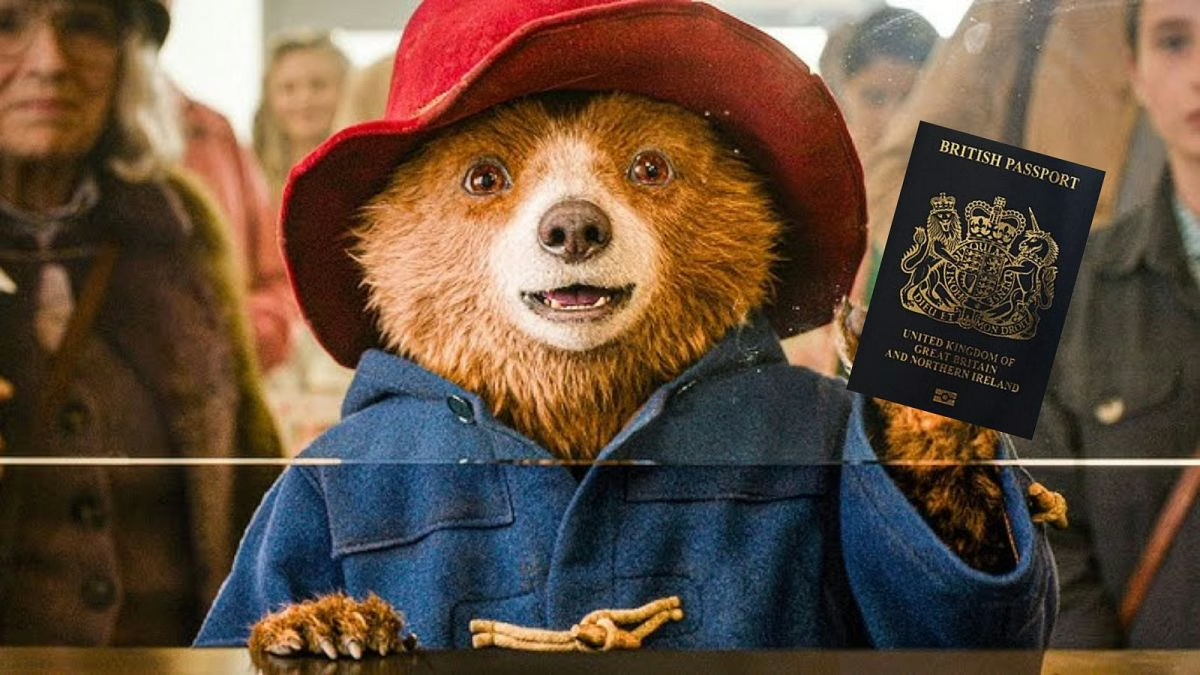Two European brown bears made headlines after escaping their enclosure at a UK wildlife park last week, indulging in a “week’s worth of honey” from a food store before being safely recaptured. The incident, captured on CCTV, has sparked amusement but also raised serious concerns about enclosure security and animal welfare standards, prompting a thorough review by park authorities.
The Great Bear Escape
The breakout occurred at an unnamed wildlife park in southern England, where the two bears, weighing approximately 300kg each, exploited a weak section of their enclosure’s fencing during the early hours of 18 June. CCTV footage revealed the bears making a beeline for a nearby storage shed, where they consumed large quantities of honey intended for other animals. Park staff discovered the escape at dawn, launching a swift operation to tranquillise and return the bears to their habitat by midday.
A park spokesperson quipped: “These bears clearly have a sweet tooth, but their adventure could have had far graver consequences.” No injuries were reported, and the bears appeared unharmed, though visibly content after their feast. The incident has since gone viral on the X platform, with users dubbing it the “Great Honey Heist.”
Public Reaction and Safety Implications
While the escapade amused the public, it has underscored potential risks. The bears, though not typically aggressive, posed a danger to staff and could have wandered into nearby public areas. Local resident Emma Wilson expressed concern: “It’s funny now, but what if they’d reached a road or village? We need to know the park is secure.” Parents visiting the park at the time were particularly alarmed, calling for stricter oversight of enclosures housing dangerous animals.
The incident has also reignited debates over keeping large carnivores in captivity. Animal welfare groups, including the Born Free Foundation, criticised the conditions that allowed such a breach, urging for improved habitat designs that prioritise both animal safety and psychological well-being. “Bears are intelligent and curious creatures; inadequate enclosures can lead to escapes or distress,” a spokesperson noted.
Park’s Response and Industry Context
The wildlife park issued an apology and confirmed an internal investigation into the escape. Preliminary findings suggest heavy rainfall weakened the enclosure’s fencing, a factor exacerbated by recent budget constraints limiting maintenance. The park has pledged immediate repairs and a comprehensive safety audit, with support from the British and Irish Association of Zoos and Aquariums (BIAZA).
This is not the first such incident in the UK. In 2023, a wolf escaped a sanctuary in Berkshire, highlighting ongoing challenges in securing enclosures amid ageing infrastructure and rising operational costs. Experts warn that many UK wildlife parks face financial pressures, potentially compromising safety standards.
Regulatory and Future Measures
The Department for Environment, Food and Rural Affairs (Defra) has been notified and will oversee an independent inspection of the park’s facilities. Defra stated: “We take animal welfare and public safety seriously. All licensed facilities must meet stringent standards.” Failure to comply could result in fines or closure.
The park has committed to upgrading its enclosures, including reinforced fencing and enhanced monitoring systems like motion sensors. It also plans to launch a public education campaign about bear behaviour and conservation, hoping to turn the incident into a learning opportunity. “We want to ensure this never happens again while raising awareness about these incredible animals,” a park manager said.
Broader Implications
The escape highlights broader issues in the UK’s wildlife park sector, where balancing animal welfare, public safety, and financial viability remains a challenge. Dr. Jane Goodall, a prominent conservationist, commented on social media: “Incidents like this remind us to prioritise ethical standards in captivity and invest in wild conservation.” European brown bears, native to regions like the Pyrenees, are a conservation success story in the wild, but their needs in captivity demand rigorous attention.
As the park moves forward, the incident serves as a wake-up call for the industry. With public scrutiny intensifying, ensuring robust safety measures will be critical to maintaining trust and protecting both animals and visitors.
Discover more from “Bridging Hongkongers. Reporting Truth.”
Subscribe to get the latest posts sent to your email.




